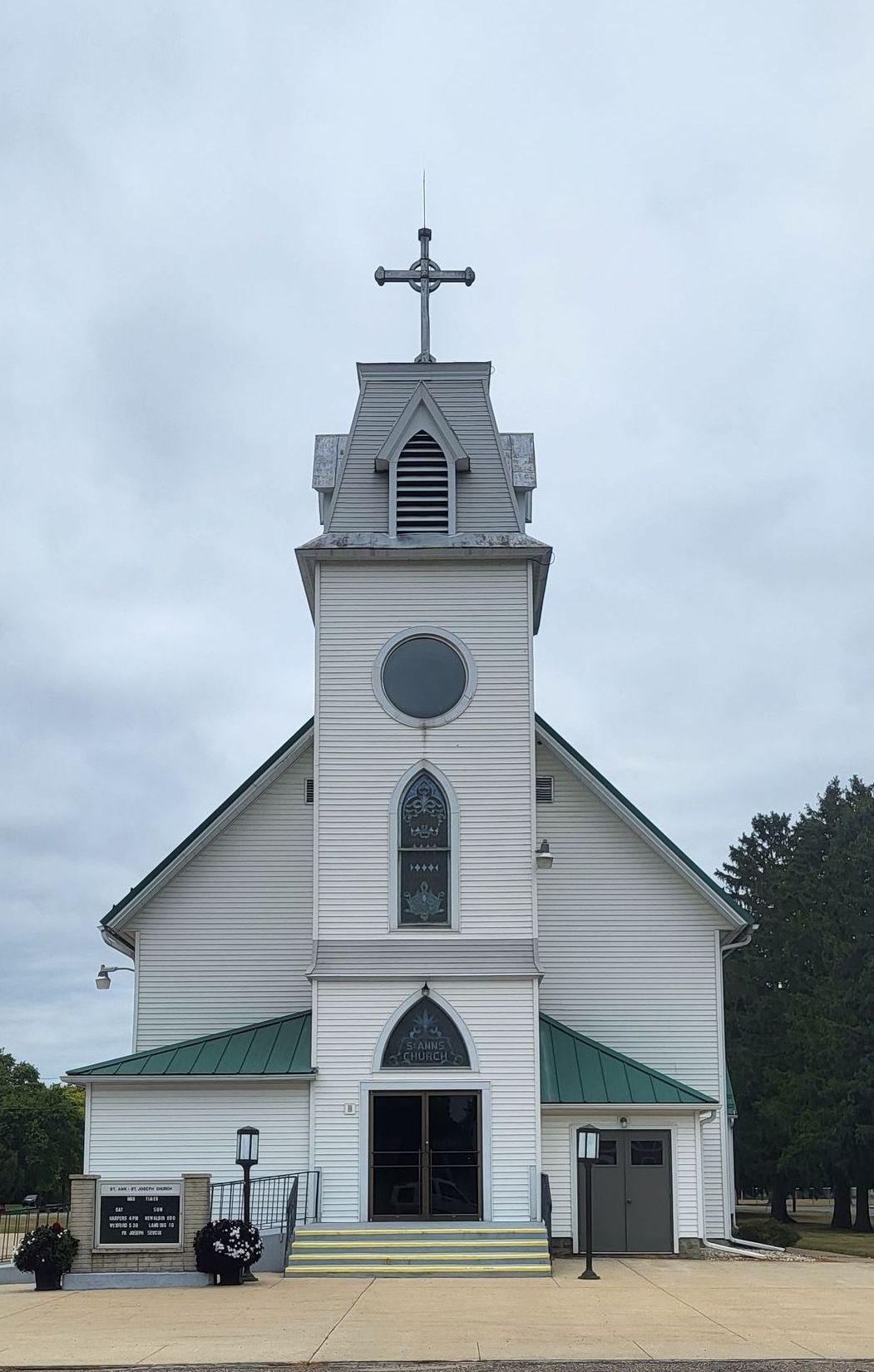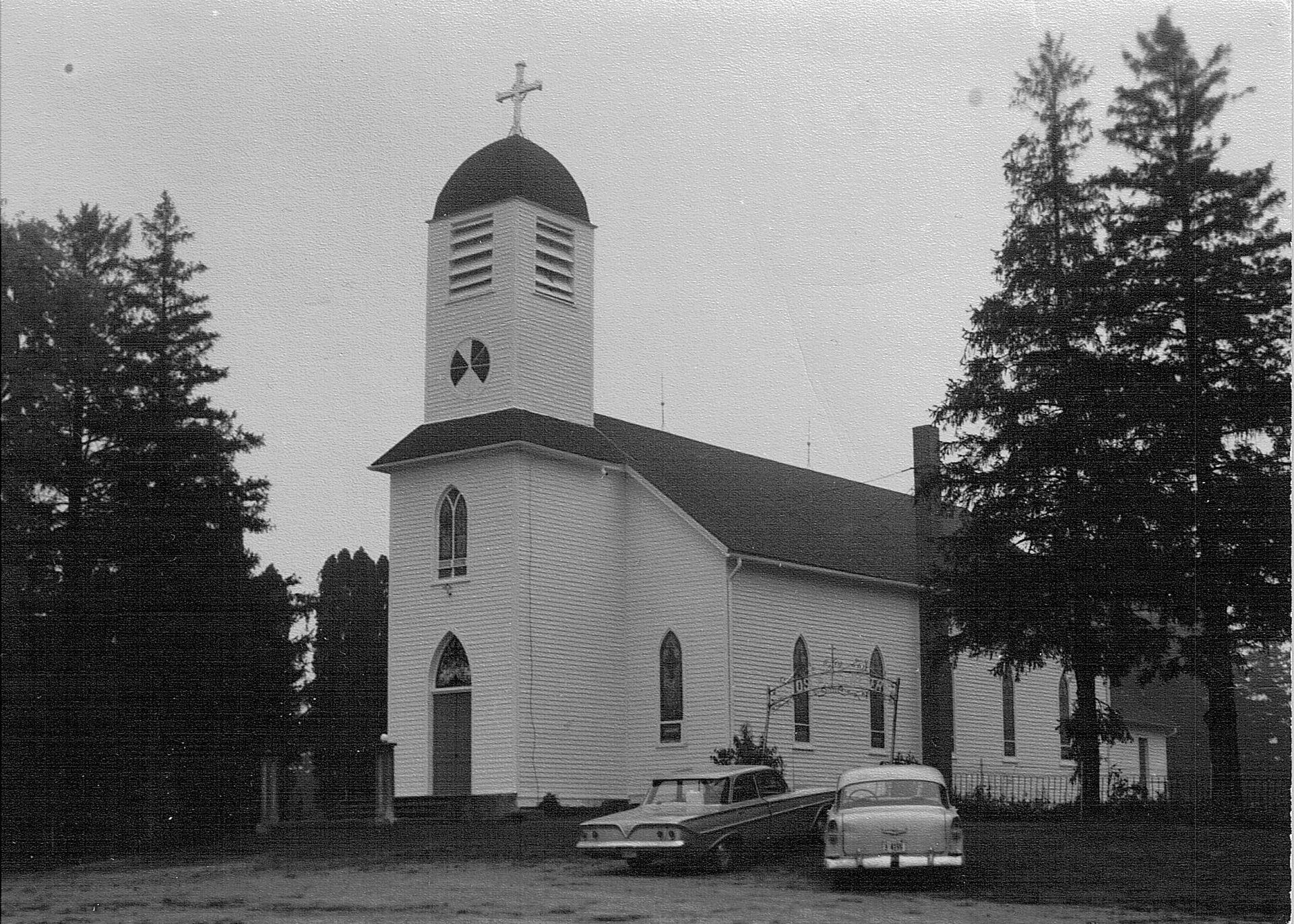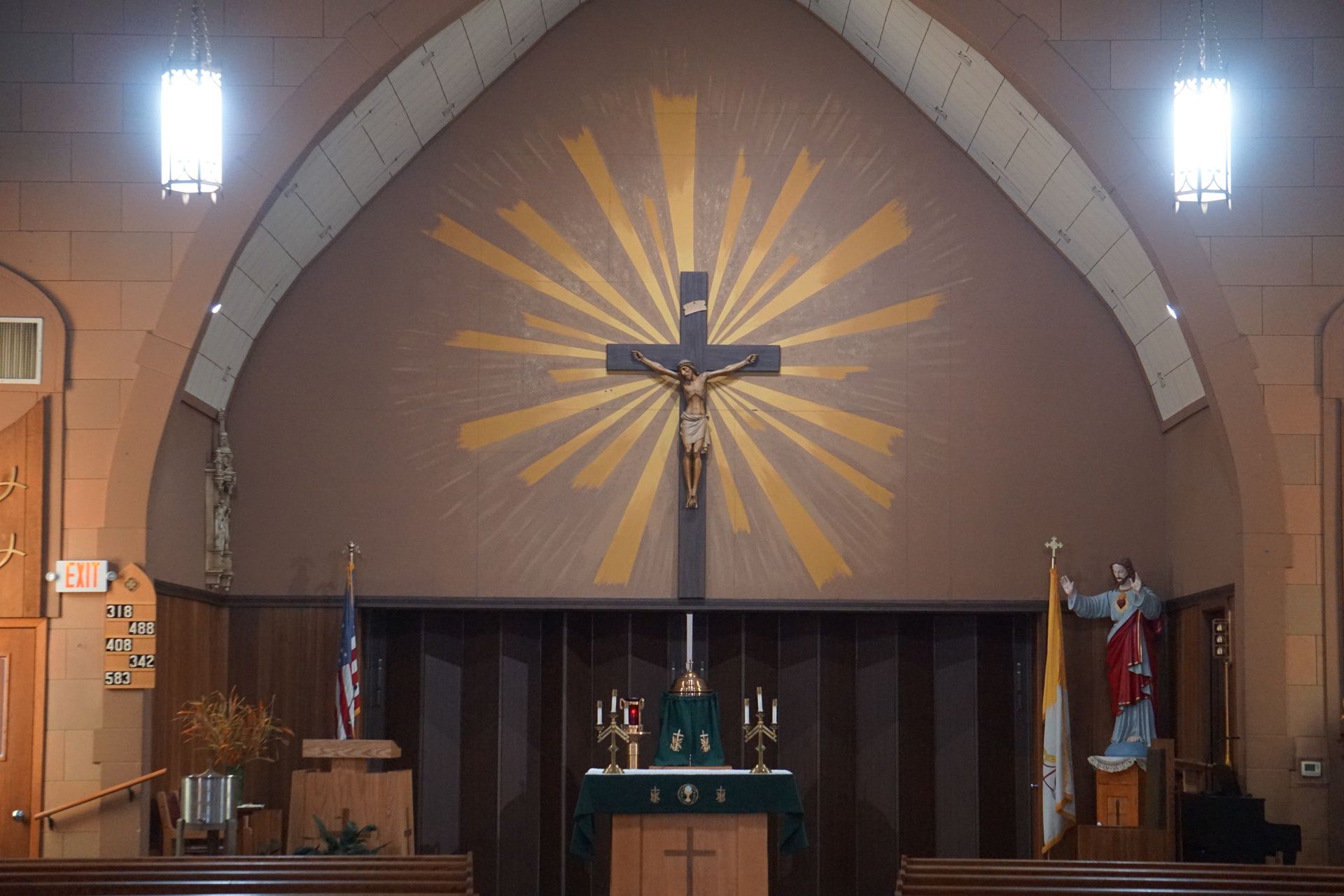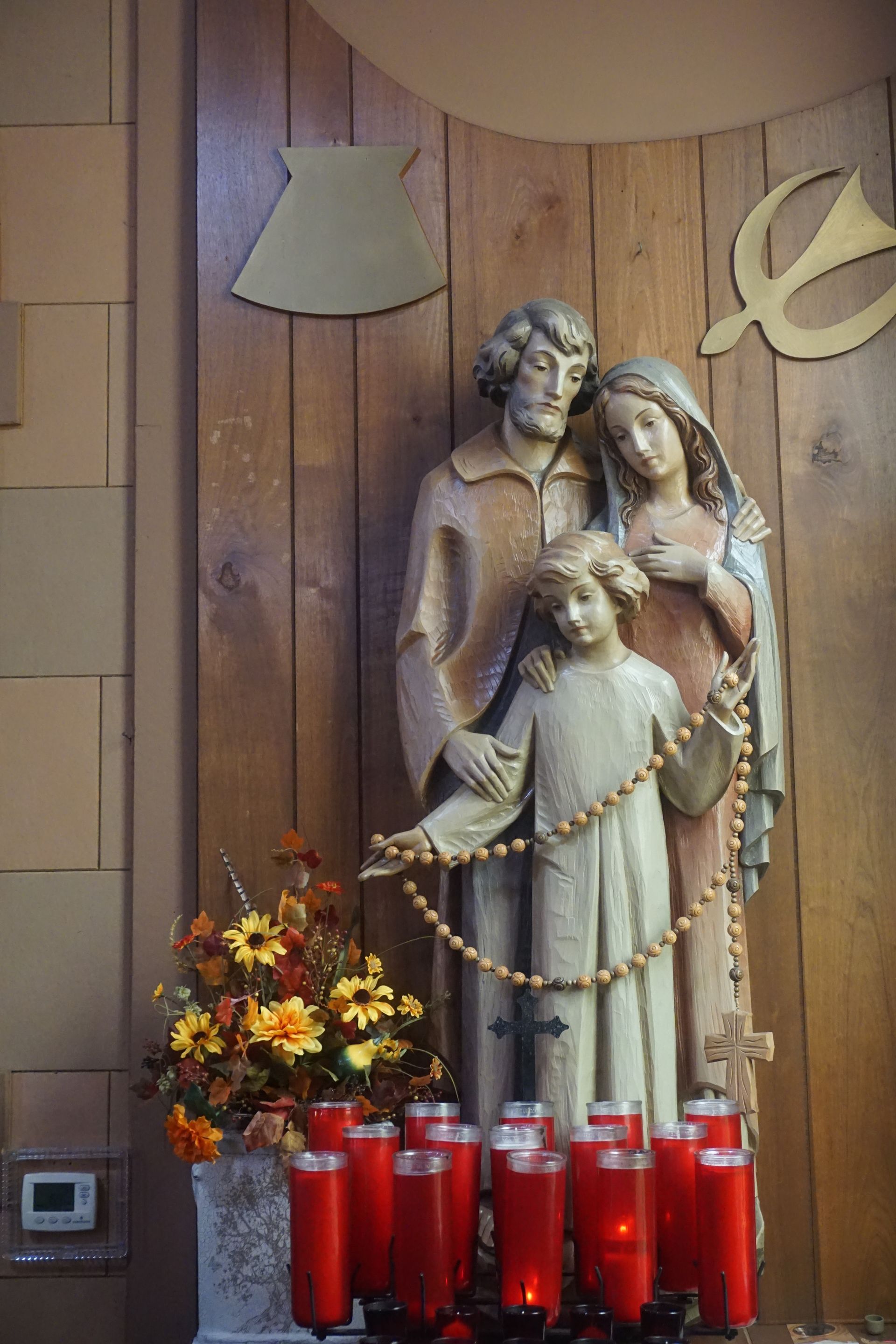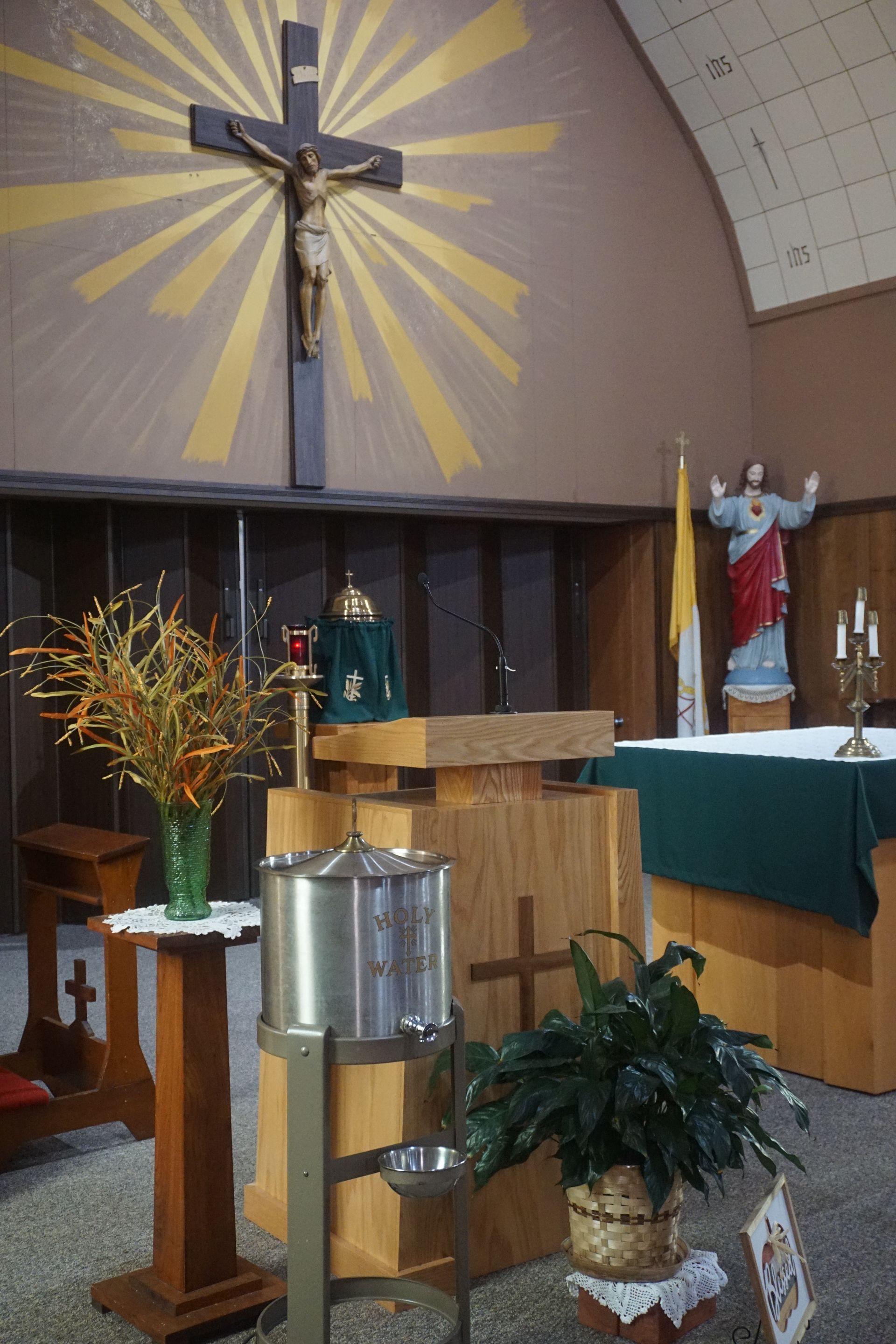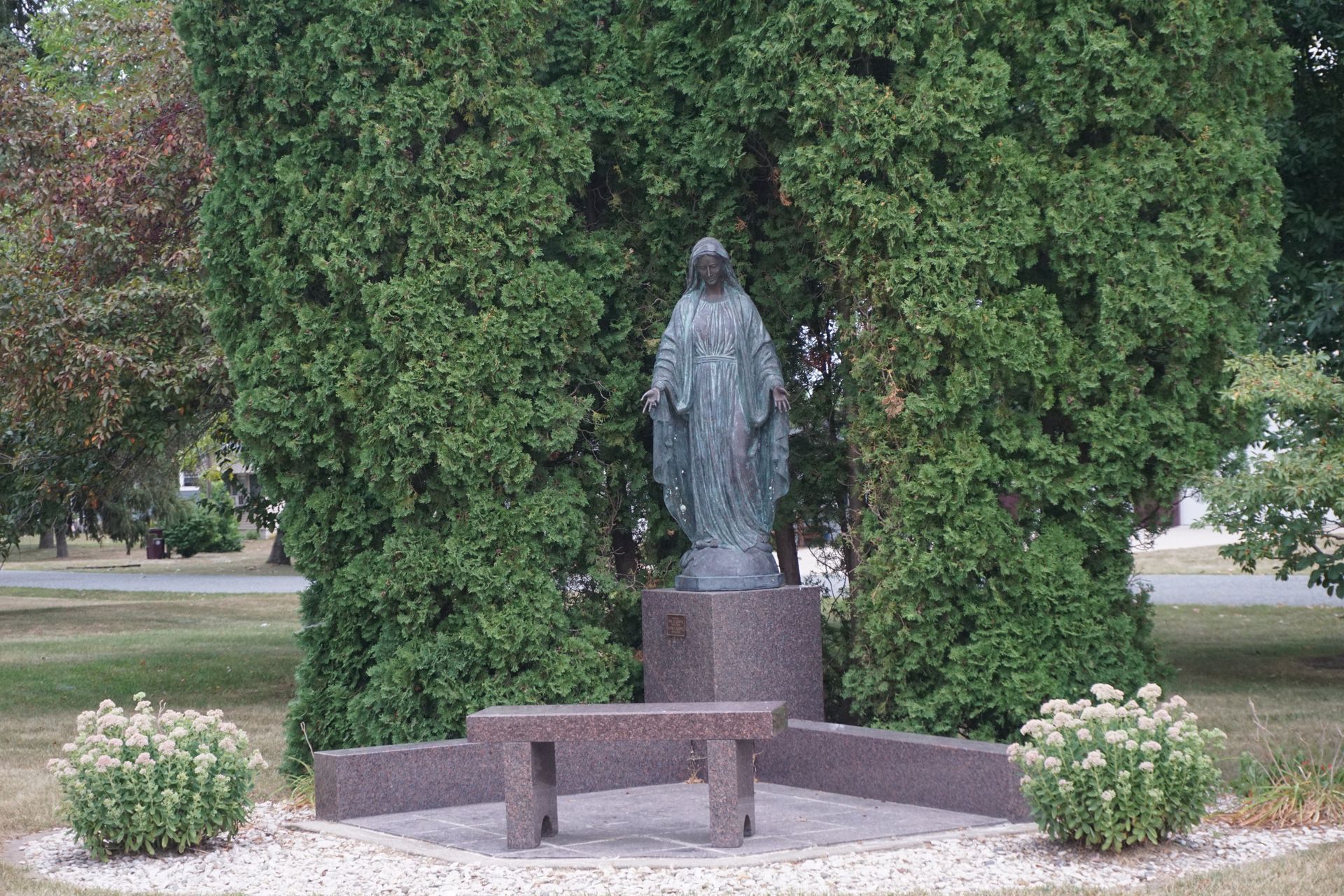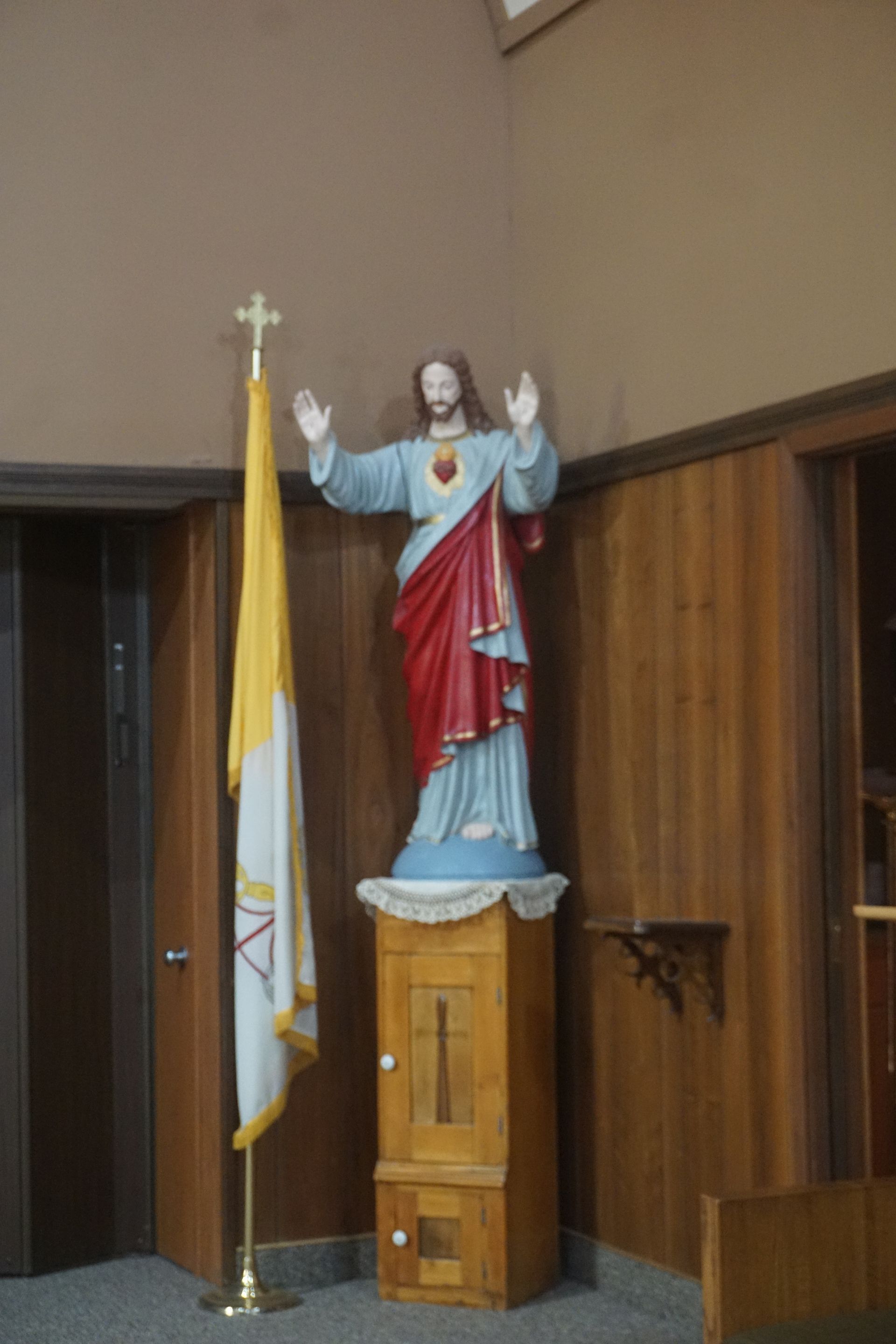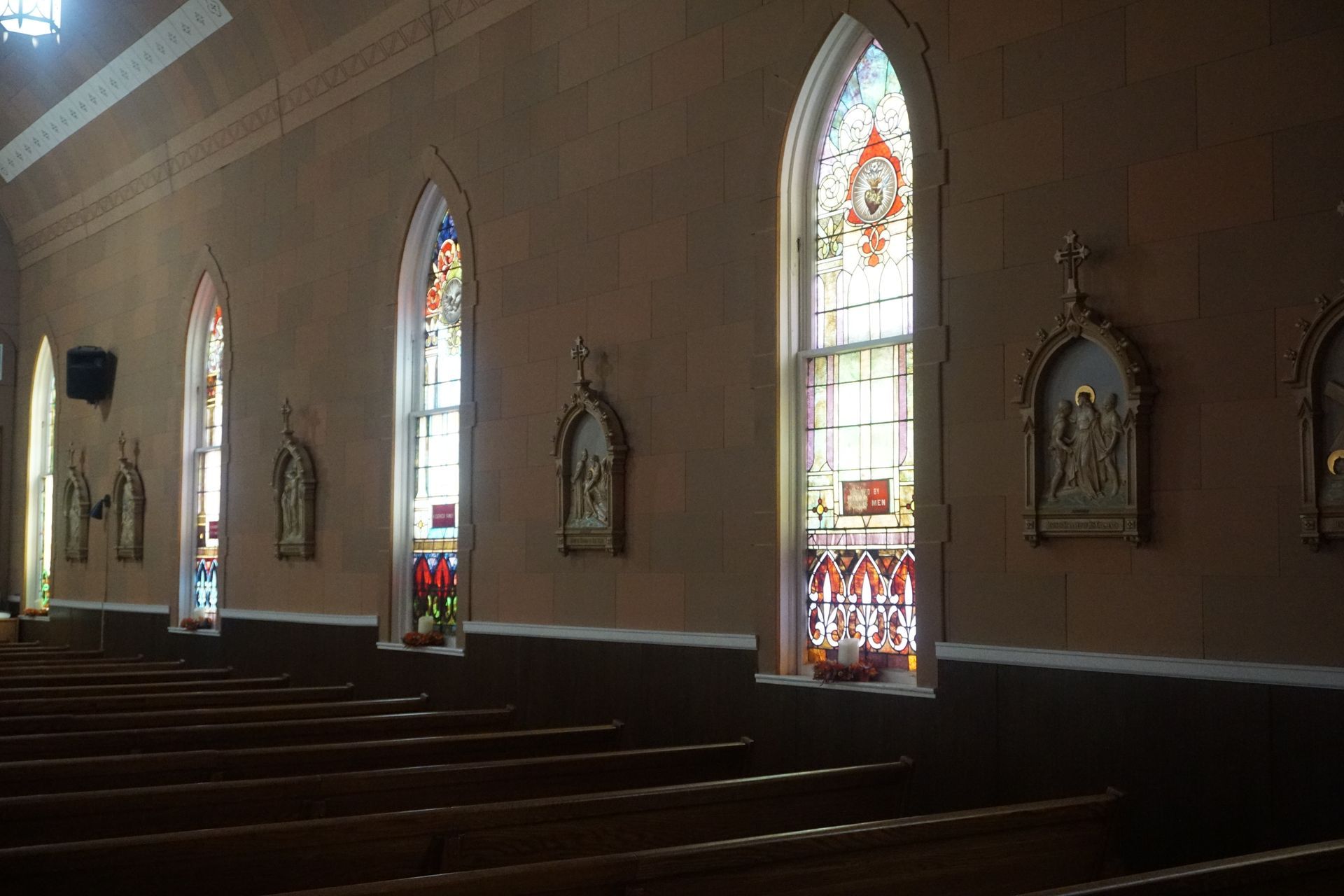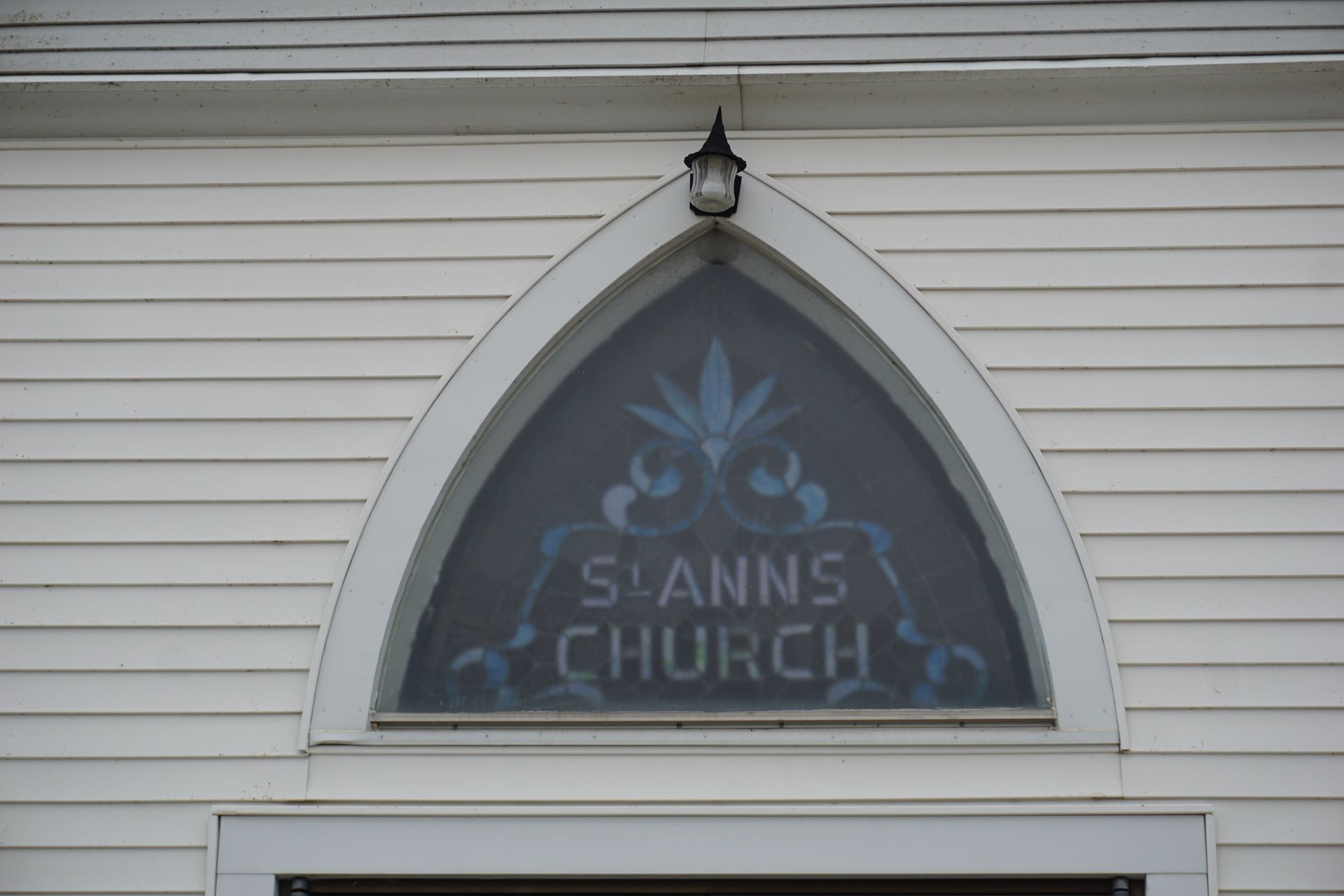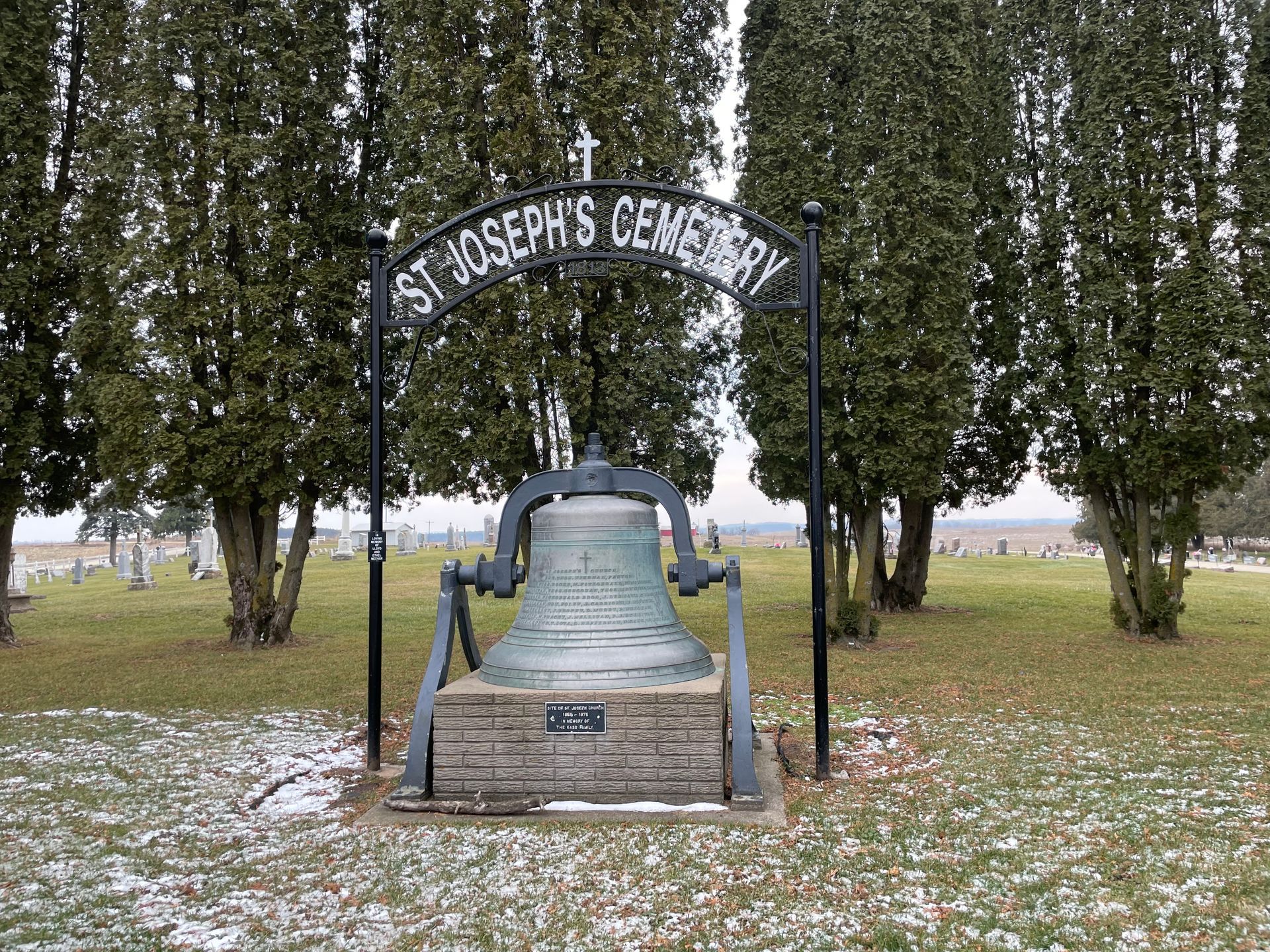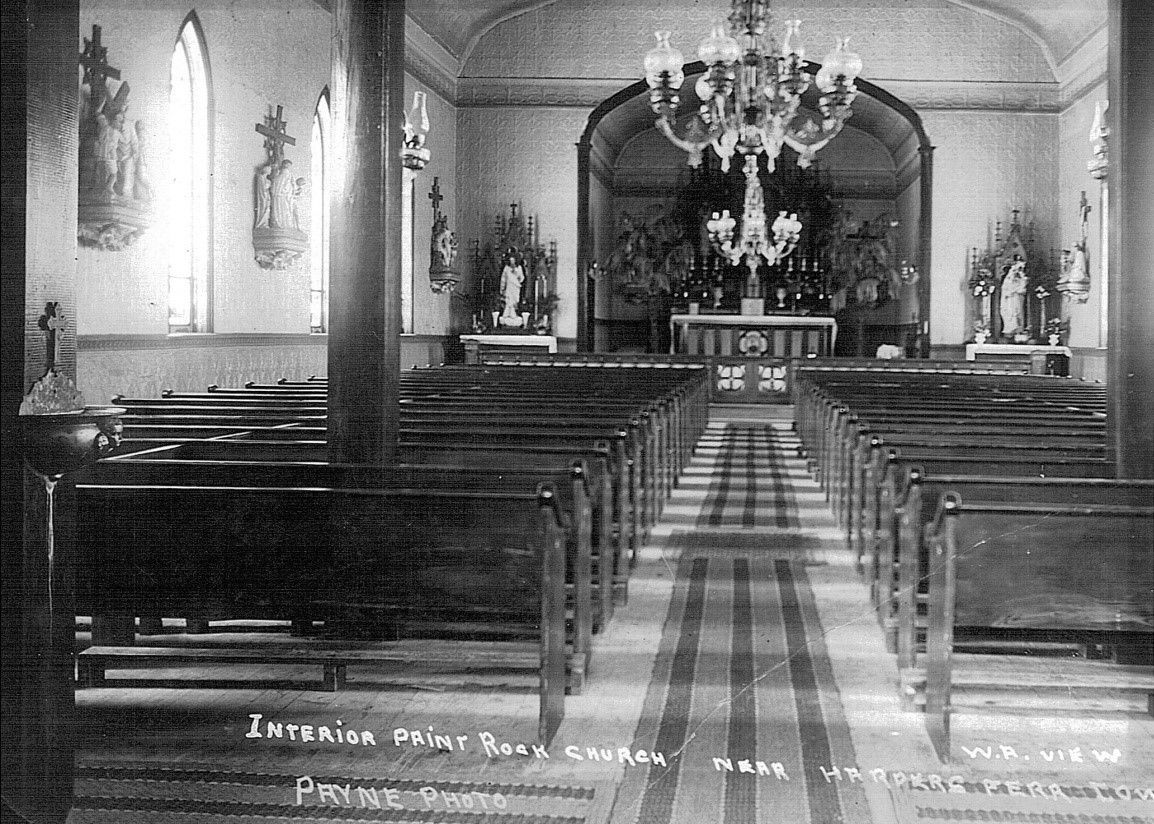From 1967 to 1970, Father William Holzer was the priest. During his time, the church basement received new heating, new paneled walls, and a suspended ceiling with flush fluorescent lighting. A thorough renovation of St. Ann’s church began early in 1968, which involved leveling of the entire floor, new flooring, carpeting, paneling, and pews. In addition, a stainless steel Holy Water Reservoir and a Baptismal Water Urn were donated to complete the renovation. Father William Tiedemann (1970-1975) organized the repair of the church windows in 1971. In 1975, he resigned due to illness and Father Robert Levenhagen was appointed priest until 1980. During his time, many upgrades were made, including air conditioning, a new altar, and a new tabernacle and baptismal font. In 1980, Father Joseph Heineman became the parish priest until 1985.
In 1986, under the guidance of Father John Smith, an addition that could serve many purposes was added to the back of the church. It can be opened to the church proper to accommodate an overflow crowd at Mass, to hold wake services, funeral dinners, and social gatherings. It was completed in 1987 and was dedicated by Archbishop Daniel Kucera on March 17, 1987. Father Smith retired in 1987 due to health issues and Father Duane Raftis took over as priest; he retired in 1991. In July of 1991, Father Louis Trzil was appointed as the parish priest. On May 14, 1995, he blessed a shrine to the Blessed Virgin Mary that is located slightly east of the church. It is a life-sized bronze statue of Mary, donated by their son, Paul, in honor of his deceased parents Emil & Olivia Krapfl, St. Joseph’s parish. Since Father Trzil’s appointment, the following priests have served St. Ann’s-St. Joseph’s church: Father Daniel Knipper, Father John Moser, Father Sean Smith, and our current priest is Father Joseph Sevcik.
The St. Ann’s-St. Joseph’s Church has a rich history and parishioners of strong faith. Over the years, nearly 50 men and women have been called to vocation in the priesthood and religious life. We are a linked parish with St. Joseph, New Albin; Immaculate Conception, Lansing; Immaculate Conception, Wexford; and St. Pius, Cherry Mound, an Oratory, all served by one priest.
Come join us as we live and grow in our faith through prayer and the sacraments.
